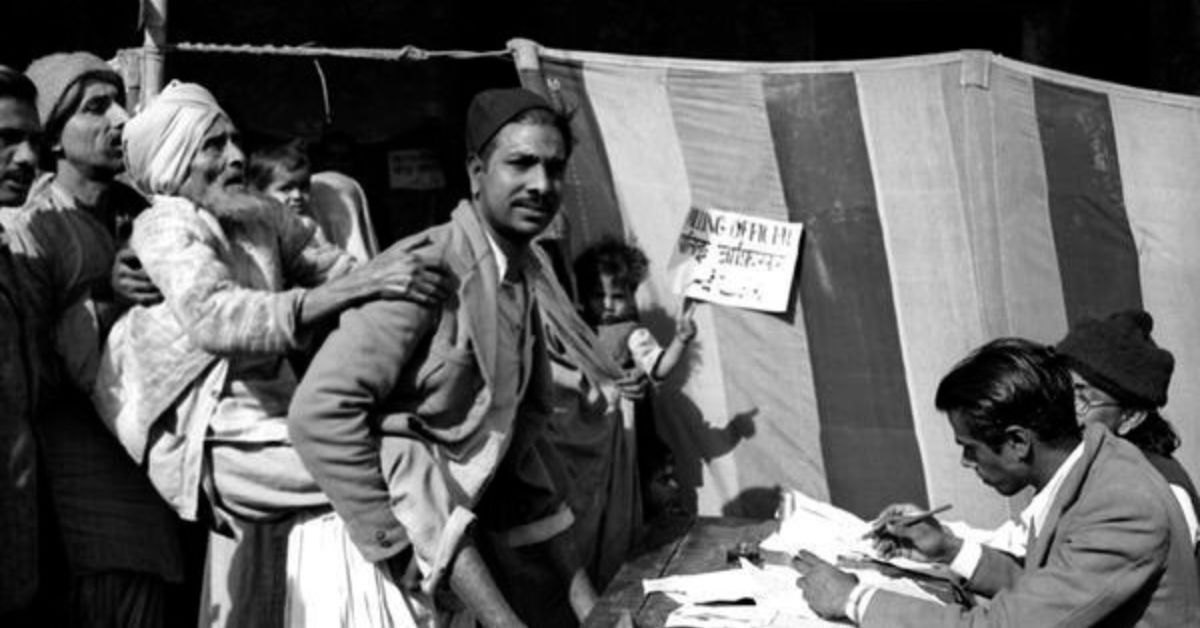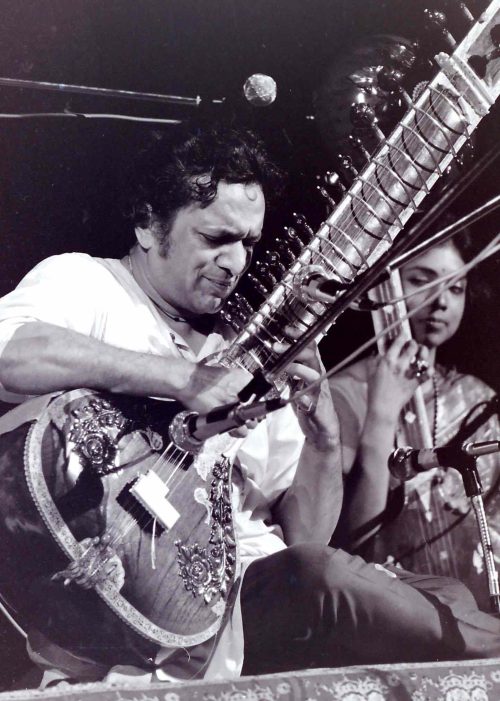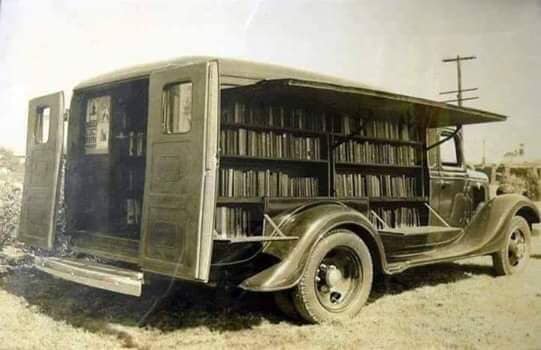India’s First General Election & More: 8 Iconic Pictures Capturing Indian History
NA

There are some moments that are fleeting but hold within them the power to change the course of events. As we step into this time machine and embark on a journey that takes us through the portals of the past, here’s a glimpse at eight such moments — bold, compelling and introspective.
1. When a queen sold her jewellery for her people

Ascending the throne at 26 after her husband’s untimely death was only one of the feathers in the cap of Rani Kempananjammanni of Mysuru. Solving the public’s core issues earned her the others.
While gaps in healthcare, lack of access to clean water, and sanitation problems crescendoed through her reign, she refused to be boggled down by them. Instead, she championed solutions. The rani was applauded for her ingenuity and the many projects she oversaw.
History points to one of the most important ones being the Cauvery River project which led to the generation of electricity. The Krishna Raja Sagara (KRS) dam that needed to be constructed across the river required funds and the rani fulfilled the need by selling her jewellery.
2. When free India voted for the first time
Spanning from 25 October 1951 to 21 February 1952, free India held its first general elections. One would wonder why the four-year delay since Independence. The reason lies in the fact that during this time, India was seeing a constitutional monarchy under King George VI, with Louis Mountbatten as the Governor-General.
So, the first general elections were naturally cause for celebration. In fact, they made headlines for being the largest elections that were held in the world at the time — averaging 2,24,000 polling booths, 1,874 candidates, and 53 political parties.
These included the Indian National Congress (INC), the Communist Party of India, the Socialist Party, the Kisan Mazdoor Praja Party, and Akhil Bharatiya Hindu Mahasabha. The INC won with a thumping majority and Pandit Jawahar Lal Nehru became Independent India’s first democratically elected prime minister.
3. When voting became a fundamental right
As Chairman of the Constitution’s Drafting Committee, Dr B R Ambedkar strongly advocated for the voting rights of Indian citizens, particularly women. His advocacy was backed by the argument that voting was essential to citizenship.
At a time when women, minorities, and the poor were not trusted with the “responsibility” of such a serious task, Dr Ambedkar pushed for the ‘universal adult franchise’ — an equal right to vote for all adult citizens — to become a part of the Constitution.
He is credited with inserting Article 326 into the Constitution, which provided that elections would be held based on universal adult franchise.
4. When India rose to international fame

The talents of Pt Ravi Shankar — sitarist and composer — are told around the world. But despite his extraordinary prowess, the legend remained humble. This nature of his was underscored by an anecdote shared by his daughter Anoushka Shankar.
She recalled how her mother, Sukanya, once called the Recording Academy to inquire about making a copy of Pt Ravi Shankar’s Grammy award, as he had forgotten it at a friend’s place. This was a short while after the maestro had won his first Grammy. She was surprised when asked which particular Grammy she was referring to.
Turns out, Pt Ravi Shankar had won two! A testament to how awards never eclipsed the legend’s love for his passion.
5. When elephants flew

A stunned audience watched as a mammoth shape rose into the skies at the 1977 Republic Day Parade. It appeared to be an elephant. But a closer look would reveal that it was a helicopter.
In 1969, India started building a licensed version of the popular French Aérospatiale Alouette III. Named ‘Chetak’, a name borrowed from a warhorse belonging to the 16th century King Maharana Pratap, the colourful adaptation was complete with a swaying trunk, ears flopping, and ornately decorated fabric draped over its body. A true embuing of Indian culture getting wings.
6. When a barber saved Shivaji’s life

Chhatrapati Shivaji Maharaj’s life was threatened many a time during his reign. And he managed to escape each time. However, one such instance has made it to the archives for its sheer ingenuity.
In 1660, when General Siddi Johar laid siege to Panhalgad Fort, the Maharaj was trapped inside. The only option was to escape to Vishalgad through a secret passage, but he couldn’t do it without diverting the enemy’s attention.
And it was a barber Shiva Kashid who volunteered to do this. Kashid bore a striking resemblance to the Maratha leader and his appearance took the forces aback, giving Shivaji time to get away. The brave barber laid down his life for his ruler.
7. When India gave 12 villages to Pakistan
Hussainiwala, a village near Firozpur city in Punjab was so precious to India that she was ready to give 12 villages to Pakistan in exchange for it. But why?
Do you recall the martyrs Bhagat Singh, Sukhdev, and Rajguru being hanged to death at the Lahore Central Jail on 23 March 1931? Following this gruesome act, the British transported the bodies secretly to Hussainiwala where they planned to cremate them. But the locals got wind of it and gathered at the site, forcing the British to flee. They then gave the martyrs a dignified cremation.
After the Partition of 1947, the village of Hussainiwala fell into Pakistan territory. And this is when India made the historic exchange.
8. When a Maharaja introduced 500 public libraries

Today, travelling libraries are common, and a loved concept. But over 130 years ago, they were nothing short of a marvel, a miracle if you will. It wouldn’t be a stretch to say that it was Maharaja Sayajirao Gaekwad III who started first-of-its-kind mobile libraries when he introduced the concept in the erstwhile Baroda state to encourage reading.
He went on to reform the state with his initiatives. An interesting story often told is how the Maharaja was a humble boy who ascended the throne because of his quick wit. In 1870, Maharaja Khanderao Gaekwad II passed away, leaving behind his widow who decided to start looking for an heir. She called the heads of the extended family of Gaekwad to Baroda deciding to screen the youngsters with a test.
When Shrimant Kashirao Gaekwad presented himself before the queen with his three sons, she asked them the purpose of their arrival. It was Gopalrao’s answer, “I have come here to rule”, that amused the queen and she made him heir to the throne. The young boy came to be known as Maharaja Sayajirao Gaekwad III.
Edited by Pranita Bhat.
If you found our stories insightful, informative, or even just enjoyable, we invite you to consider making a voluntary payment to support the work we do at The Better India. Your contribution helps us continue producing quality content that educates, inspires, and drives positive change.
Choose one of the payment options below for your contribution-
By paying for the stories you value, you directly contribute to sustaining our efforts focused on making a difference in the world. Together, let's ensure that impactful stories continue to be told and shared, enriching lives and communities alike.
Thank you for your support. Here are some frequently asked questions you might find helpful to know why you are contributing?










